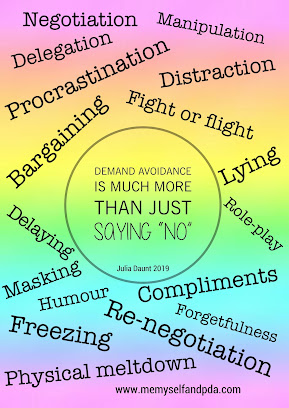Are you stuck in the drama triangle?
Sometimes we get stuck in situations because we don't recognise we are caught in the drama triangle, which was first described by Stephen B. Karpman.
Simply put, the drama triangle is a visual representation of three stances we may adopt in the face of conflict:
the perpetrator, persecutor or villain: who may be actively or passively angry, hostile, demanding or scornful and who uses blame as their main tool to influence others,
the victim: who adopts a needy, whinging or helpless stance, and
the rescuer, fixer or hero: who enjoys being helpful and needed but only seeks temporary
relief of suffering so that they will be needed again.
These three psychological roles are complementary, so when one person adopts one role, the people who relate to that person might take up the other roles and the drama begins. It is very compelling.
The arrows in the diagram above (created for Resilient Loving e-book) represent the fact that these roles are not static, after a while the victim may become a rescuer or persecutor, etc.
Do you see the value of checking if we are adopting a specific role in our interactions? Do you tend to adopt one more often than the others? Is it helping?
I have noticed that my husband seems to have an uncanny "sixth sense" to spot if I am in any of those roles... and any attempt at interaction gets frustrated.
Ideally, we should not take up any of those three stances, remaining calm and objective in the face of conflict.



Comments
Post a Comment